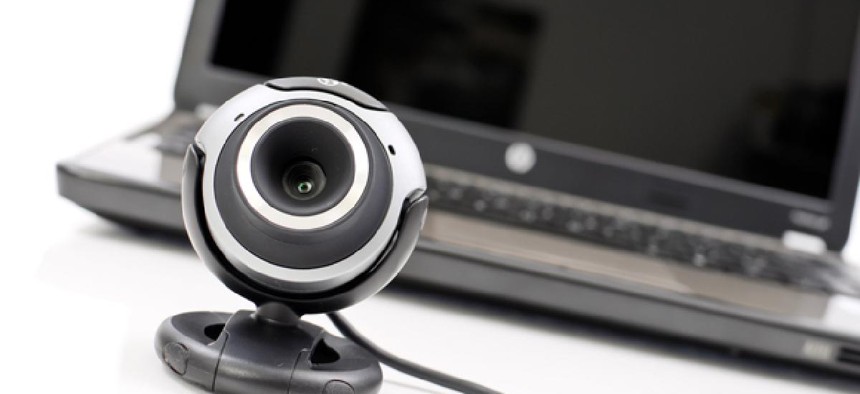Is Video Critical for Telework, or Counterproductive?

jcjgphotography / Shutterstock.com
Videoconferencing could build trust and enhance team work, but also could be distracting.
There’s an interesting conversation going on at GovLoop about how federal agencies can make telework feel as natural as possible for employees and managers alike. A recent report by Cisco notes that video is at the core of telework and is key in offsetting or eliminating some of its challenges, like accessibility, disengagement, collaboration and data security.
“Telepresence helps overcome many of the barriers to telework,” the report notes. “Enabling employees and managers to interact face-to-face helps to build trust, fosters effective teamwork and collaboration, increases meeting efficiency and helps people avoid meeting fatigue.”
For example, videoconferencing can help improve trust, as managers have the ability to meet with remote team members as often as necessary, face-to-face. Telepresence also provides visual cues that help teleworkers to interact and collaborate naturally and helps teleworkers to focus more of their attention on the meeting rather than multi-tasking, Cisco found.
Still, one GovLoop member noted that in some cases video-conferencing might be counterproductive, as participants are sometimes more worried about their appearances than about accomplishing goals.
What are your thoughts? Is telepresence key to making telework successful?
(Image via jcjgphotography /Shutterstock.com)
NEXT STORY: Twitter value includes response






